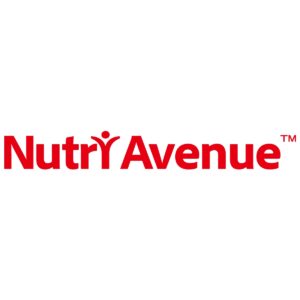
- 423-393-7690
- info@nutriavenue.com
- Mon - Fri: 9:00 - 18:30
Your One-Stop Bulk Powder Supplier
Nutri Avenue Inc
| Chemical Name: | Carthamin |
| CAS Number: | 36338-96-2 |
| Molecular Formula: | C43H42O22 |
| Molecular Weight: | 910.78 g/mol |
| Packaging: | In paper-drums and two layers of poly bags inside. Net weight: 25kg/drum |
| Main Benefits: | Popularly Believed to Enhance Overall Cardiac Function |
| Application: | Dietary supplements |

USA address:
1101 W Valley Blvd, Ste 104, Alhambra, CA 91803
China address:
Room 3N , Building T1, No.56 , Lane 399 , Xinlong Road , Minhang District , Shanghai , China 201101
Copyright © 2024 Nutri Avenue Inc | All Rights Reserved
Leave your details below, and let us help you get fresh, high-quality ingredients ASAP.